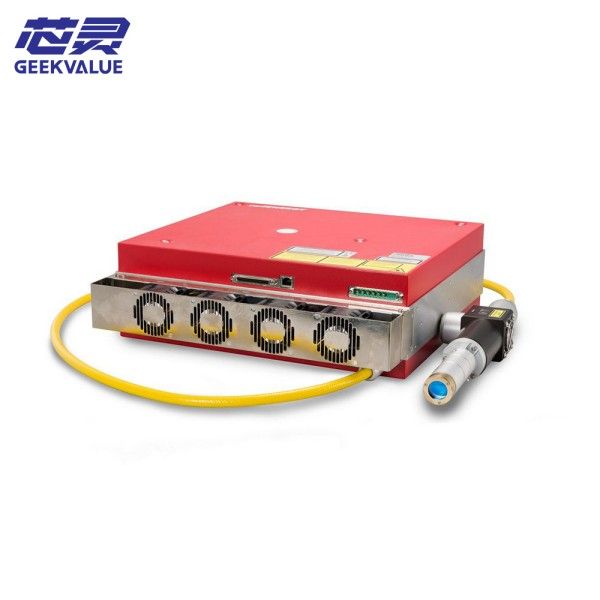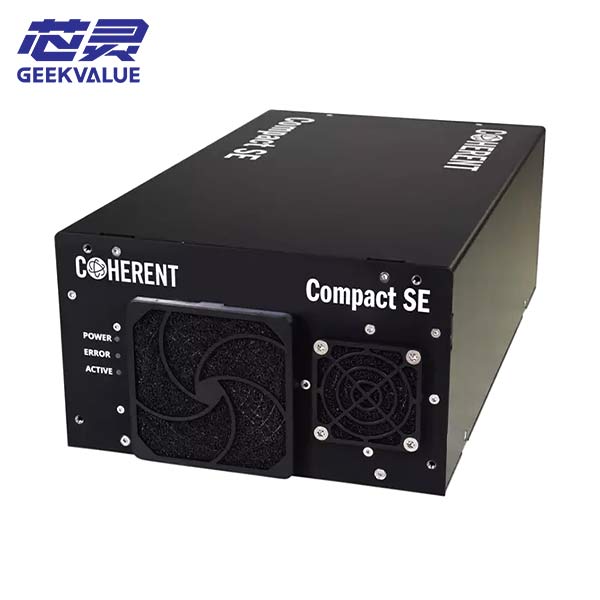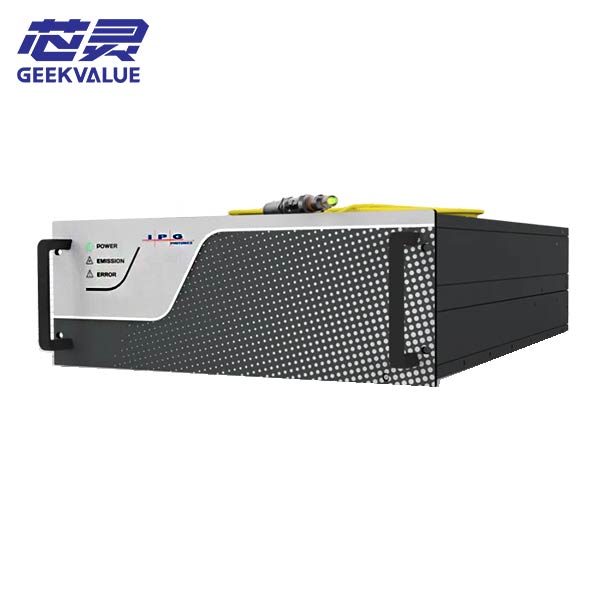Trumpf redENERGY® is a series of high-power continuous wave (CW) fiber lasers launched by Trumpf, designed for industrial cutting, welding, additive manufacturing (3D printing) and surface treatment. This series is known for its high electro-optical efficiency, excellent beam quality and modular design, and is widely used in the fields of automotive manufacturing, aerospace, energy and precision processing.
1. Core features and technical advantages
(1) High power and high efficiency
Power range: 1 kW to 20 kW (covering medium and high power requirements).
Electro-optical efficiency: >40%, significantly reducing energy consumption, saving more than 50% energy compared to traditional CO2 lasers.
Brightness: up to 50 MW/(cm²·sr), suitable for deep melting welding and high-reflective material processing.
(2) Excellent beam quality
Beam parameter product (BPP): <2.5 mm·mrad (low-order mode), small focus spot, high energy density.
M² value: <1.2 (close to the diffraction limit), ensuring precision processing quality.
(3) Industrial-grade reliability
All-fiber design: no risk of optical lens misalignment, anti-vibration and dust-resistant.
Intelligent monitoring system: real-time monitoring of temperature, power, cooling status, and support for predictive maintenance.
Lifespan: >100,000 hours, extremely low maintenance cost.
(4) Flexible integration
Modular design: can be adapted to robots, CNC machine tools or customized production lines.
Interface compatibility: supports industrial protocols such as Profinet and EtherCAT, and seamlessly connects to automation systems.
2. Typical application areas
(1) Metal cutting
High-reflective materials: high-quality cutting of copper, aluminum, and brass (thickness up to 50 mm).
Automotive industry: precision cutting of body panels and pipes.
(2) Welding
Keyhole welding: welding of power battery housings and motor components.
Oscillating welding: wide weld applications (such as ship structures).
(3) Additive Manufacturing (3D Printing)
Laser Metal Deposition (LMD): Repair of aerospace parts or molding of complex structures.
Powder Bed Melting (SLM): Printing of high-precision metal parts.
(4) Surface Treatment
Laser Cleaning: Removal of metal oxides and coatings (such as mold repair).
Hardening and Cladding: Improve the wear resistance of parts (such as engine blocks).
3. Technical parameters (taking redENERGY G4 as an example)
Parameters redENERGY G4 Specifications
Wavelength 1070 nm (near infrared)
Output power 1–6 kW (adjustable)
Beam quality (BPP) <2.5 mm·mrad
Electro-optical efficiency >40%
Cooling method Water cooling
Modulation frequency 0–5 kHz (supports pulse modulation)
Interfaces EtherCAT, Profinet, OPC UA
4. Comparison with competitors (redENERGY vs. other industrial lasers)
Features redENERGY® (fiber) CO₂ laser Disk laser
Wavelength 1070 nm 10.6 μm 1030 nm
Electro-optical efficiency >40% 10–15% 25–30%
Beam quality BPP <2.5 BPP ~3–5 BPP <2
Maintenance requirements Very low (all-fiber) Gas/mirror adjustment required Disk maintenance required on a regular basis
Applicable materials Metal (including high-reflective materials) Non-metal/partial metal High-reflective metal
5. Summary of core advantages
Ultra-high efficiency - electro-optical conversion >40%, reducing operating costs.
Extreme beam quality - BPP <2.5, suitable for precision welding and cutting.
Industry 4.0 ready - supports digital interfaces (EtherCAT, OPC UA).
Long life and maintenance-free - all-fiber design, no need to replace consumables.
Typical industry applications:
Automobile manufacturing: body welding, battery tray processing
Aerospace: titanium alloy structural parts welding
Energy equipment: wind power gearbox repair
Electronics industry: precision copper welding
6. Series model overview
Model Power range Features
redENERGY G4 1–6 kW General industrial processing, cost-effective
redENERGY P8 8–20 kW Ultra-thick plate cutting, high-speed welding
redENERGY S2 500 W–2 kW Precision micromachining, optional green light/UV module





